
Porsche Brings Back The GTS Moniker To The Cayenne Lineup
- Jun 19, 2020
- Views : 2331

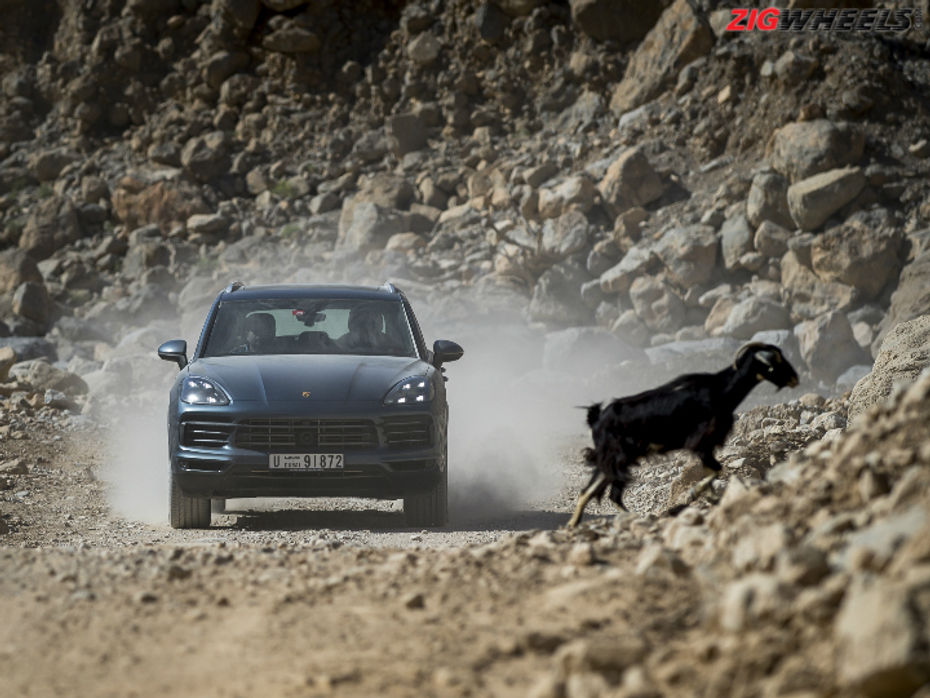
Musandam is a very special place. The northernmost part of the Arabian peninsula, part of the Sultanate of Oman, stands in stark contrast to the desert we normally associate with the rest of the region. Here, there are deceptively tall, sandy and barren mountains, home to the hardiest of plant and animal life, the latter of which are predominantly mountain goats, clambering around unfathomably steep slopes. Oh, and there are fjords too, carved out by glaciers millions of year ago.
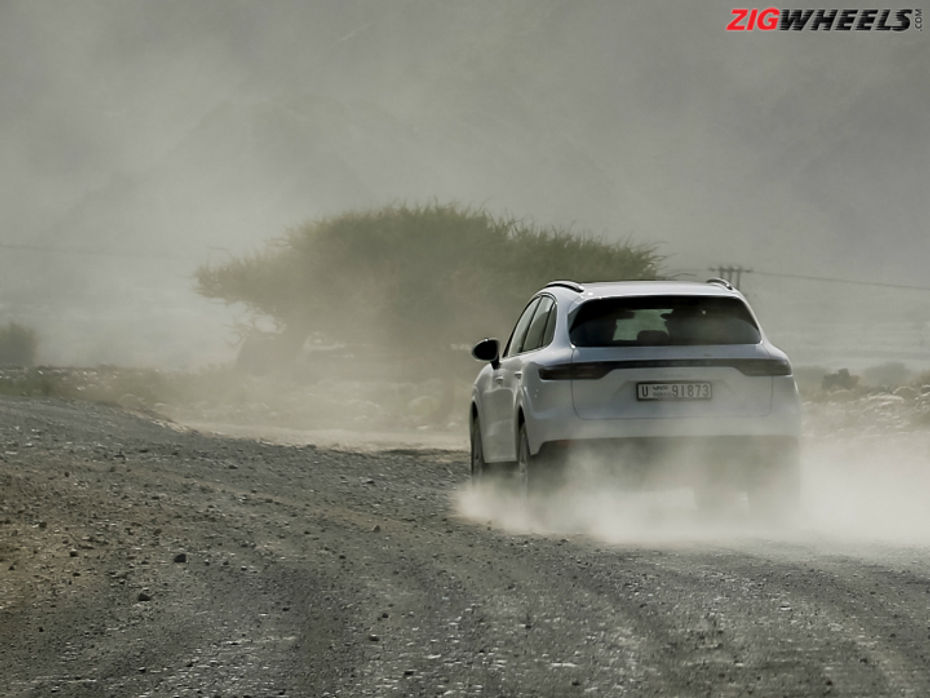
This alien, almost Martian, landscape has few human settlements, but the most incredible roads - some beautifully winding tarmac, followed by car-breaking Macadam. And the drive from Fujairah in the UAE into Musandam served as the perfect backdrop to sample the new Porsche Cayenne, now in its third generation.
What’s changed?
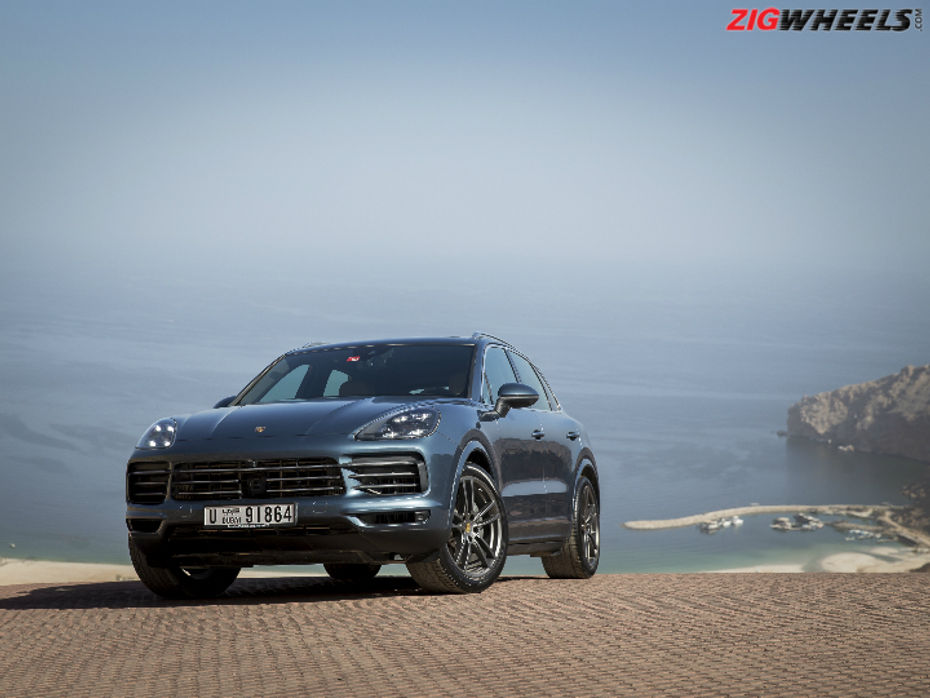
Well, in a word, everything. But at first glance, you might be a bit hard-pressed to notice the differences, especially when compared to the facelifted version of the last-gen SUV. While the first-gen car had a fattened up 911 look, the design has become a lot sleeker since the last gen, and that carries over to this new car as well. In fact, the wheelbase, at 2895mm is unchanged, but the body has become 63mm longer. At 1983mm, it’s wider too, and there’s a minor 9mm reduction in height. Along with a slightly redesigned front end, what you get is an SUV that looks more sporty and muscular - enhanced by the fact that it’s now running larger 19-inch wheels as standard (our test car came with 20-inchers). And yet, it manages to look more compact. The distinction between this and the previous gen is more apparent around the back, where it now sports sleeker tail lights (similar to the current 911) connected by an LED strip across the boot lid.
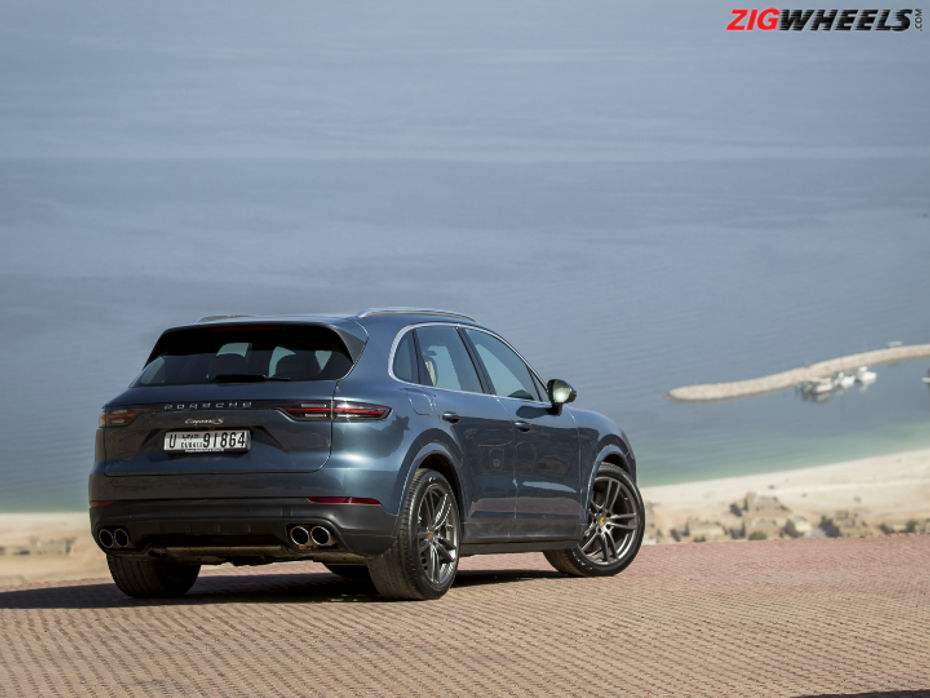
But the real change, and one you can’t see, is that the Cayenne is built on an all-new platform - the VW group’s MLB platform to be precise - the same one on which the Audi Q7, Bentley Bentayga and Lamborghini Urus are based. So the layout of the drivetrain as well as the three-chamber adaptive air suspension, electric roll bars and rear-wheel steering (optional) is now shared with others from the MLB family. This new platform has also helped the Cayenne shed some pounds, and the two variants which we sampled, the standard and the S, now weigh in at 1985kg and 2020kg, respectively - 55kg and 65kg lighter than before.
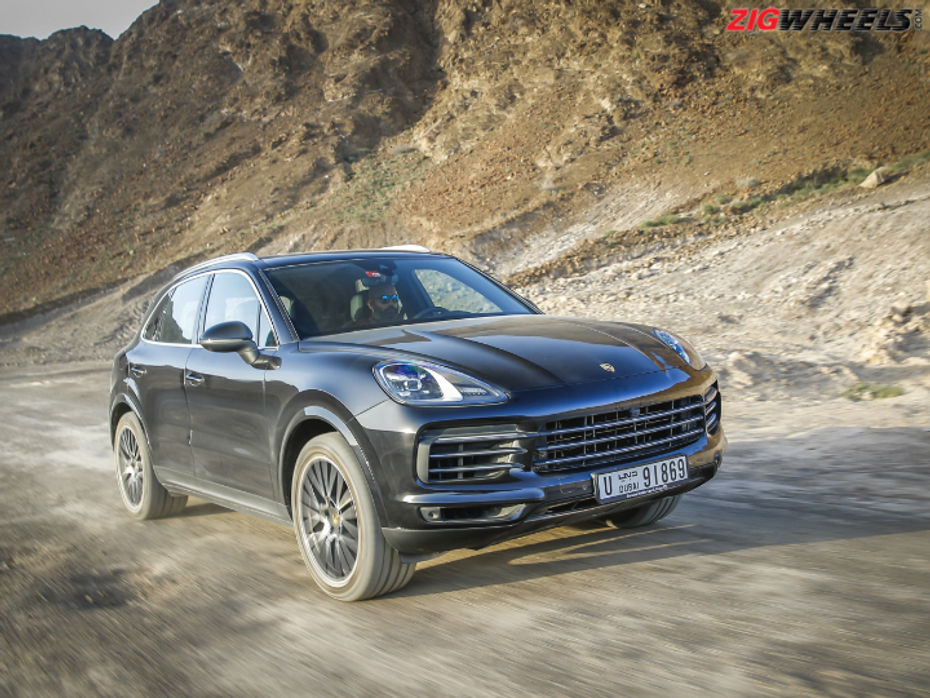
Switching to MLB has also meant a downsizing in engine sizes. But that’s not to say that performance has been reduced; in fact, all engines across the range now make more power. The standard Cayenne now features a 3.0-litre turbocharged petrol motor putting out 340PS (40 more than before) and 450Nm (50 more than before). Surprisingly, the engine is even smaller in the Cayenne S - 2.9 litres, but with twin-turbochargers. So it now produces 440PS (20 more than before) and 550Nm (same as before). The Cayenne Turbo retains the twin-turbo V8 motor, but that’s a story for another day as we didn’t get a chance to sample that car. Combined with the weight loss, you’re looking at increased top speeds and acceleration figures across the board. The Cayenne S for that matter can get from a standstill to 100kmph in 4.9 seconds - quite an incredible feat for a two tonne SUV.
What about interiors?
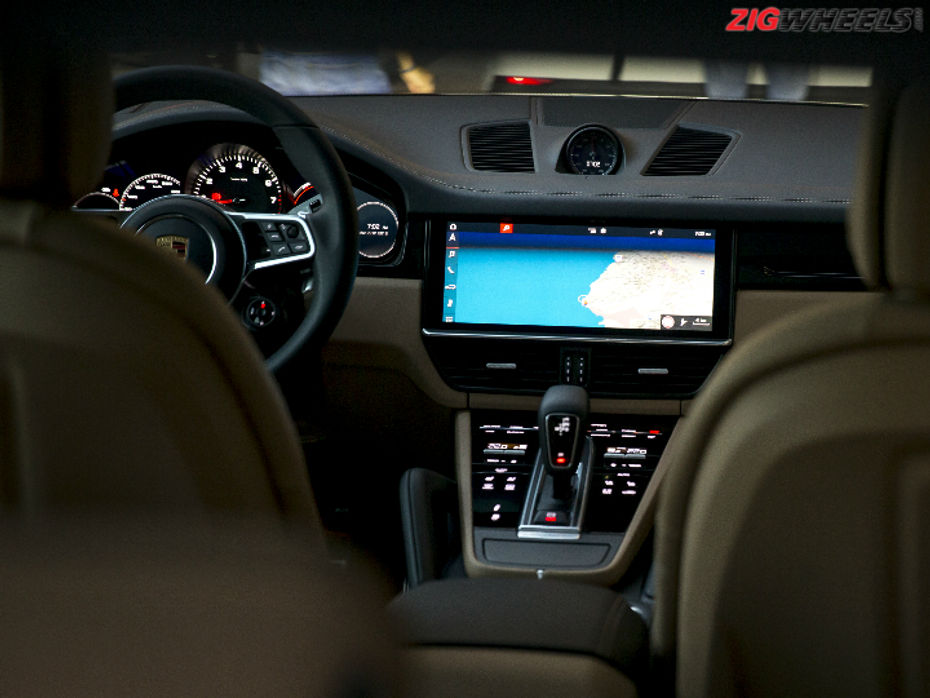
This is another area that has seen quite a massive revamp and borrows some of the styling elements and features from the new Panamera. It’s a very luxuriously appointed cabin with loads of leather and Alcantara all around. But that’s a given, considering that it’s a Porsche. At the centre, it gets a 12.3-inch HD touchscreen infotainment system that’s very well laid out and easy to use, even on the move. And the interface can be customised to suit your tastes as well. It’s got everything that you’d expect from a luxury SUV, including a premium navigation experience, a 360-degree camera and even Apple CarPlay.
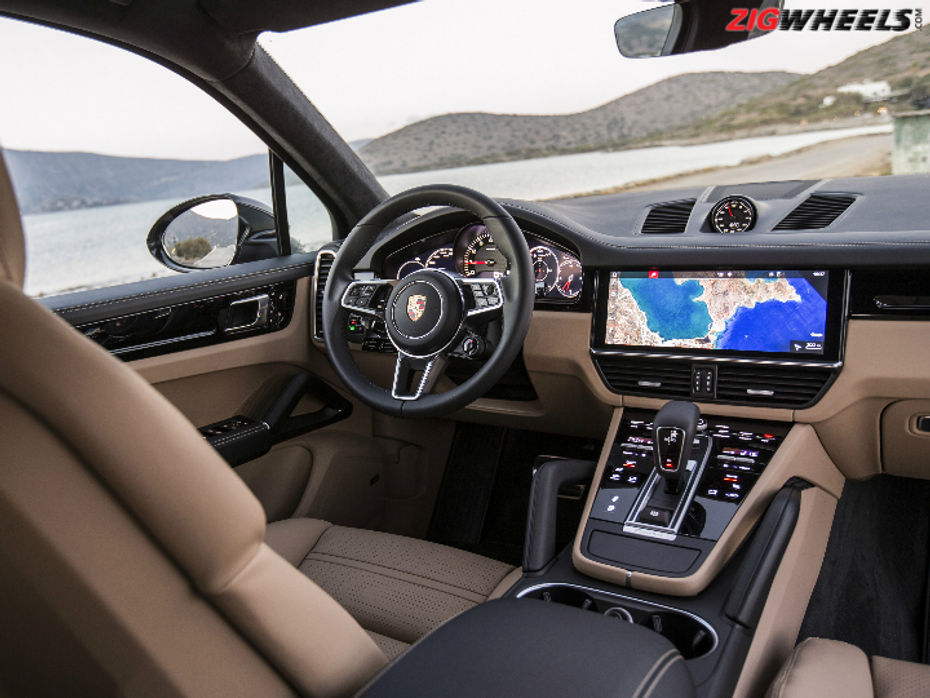
The centre console now features touch-sensitive buttons to not only access any of the multiple screens of the infotainment system and air-conditioning, but also control various car systems such as suspension and traction control. And these buttons provide haptic feedback as well - almost feeling like the home button of the iPhone 7 or 8.
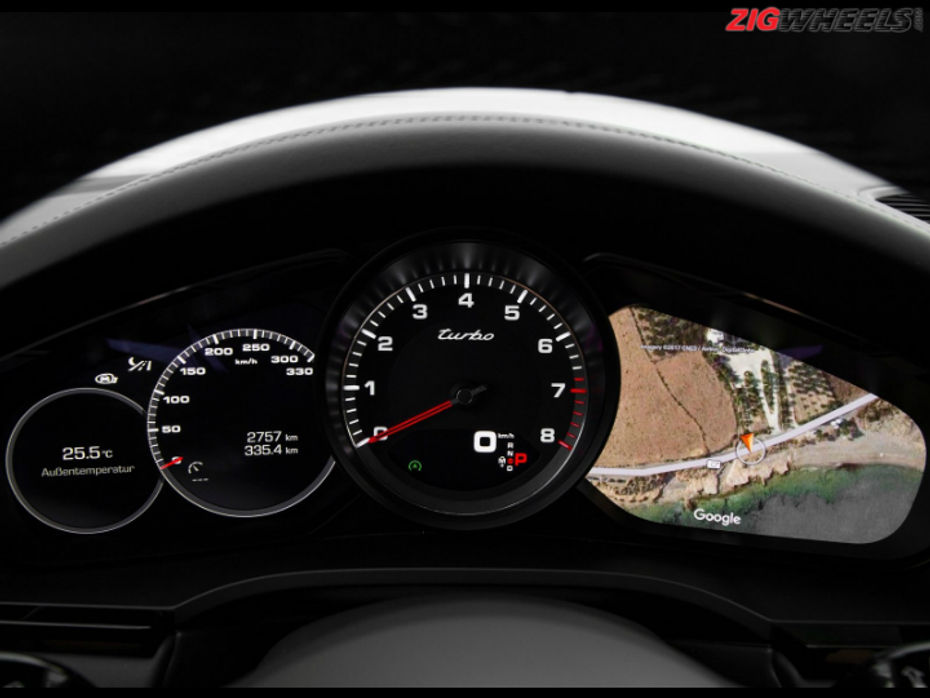
What’s more interesting here is the actual driver instrument cluster. Like the Porsches of old, it’s got a 5-pod layout, with a large analogue tachometer in the centre. But the rest of the pods aren’t actually pods at all, but 7-inch digital screens that mimic the older analogue instruments, and the one on the right can even display the sat-nav map. It’s a very cool system that will instantly appeal to any Porsche purist.
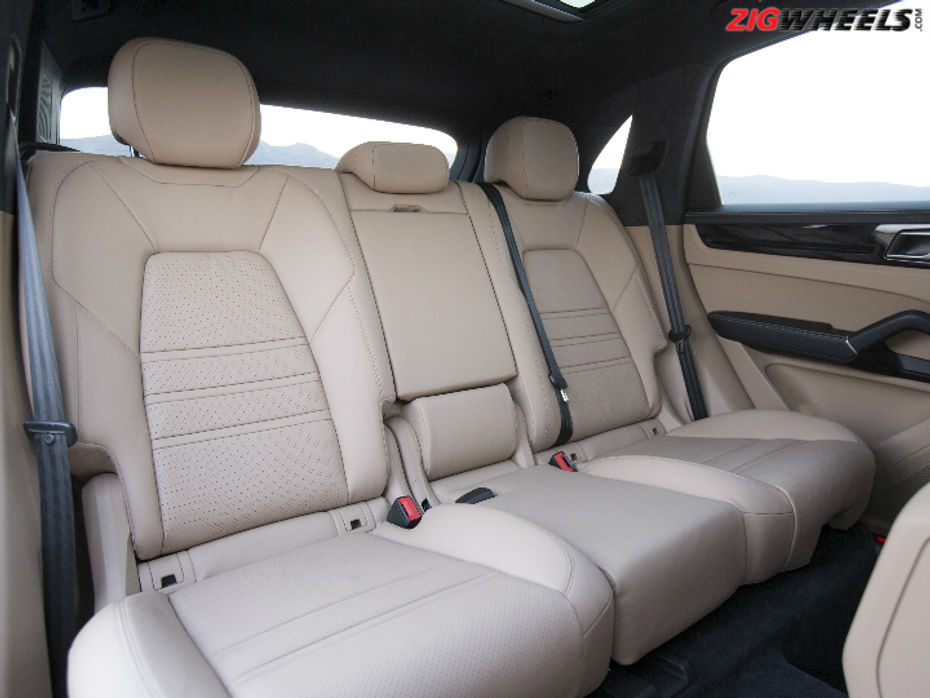
Since it retains the same wheelbase as the outgoing car, space inside the cabin is more or less the same. It can seat five people comfortably, but what’s changed is boot space. Thanks to the longer body length, you now get about 100 litres more in the trunk for a grand total of 770 litres.
Better on the road?
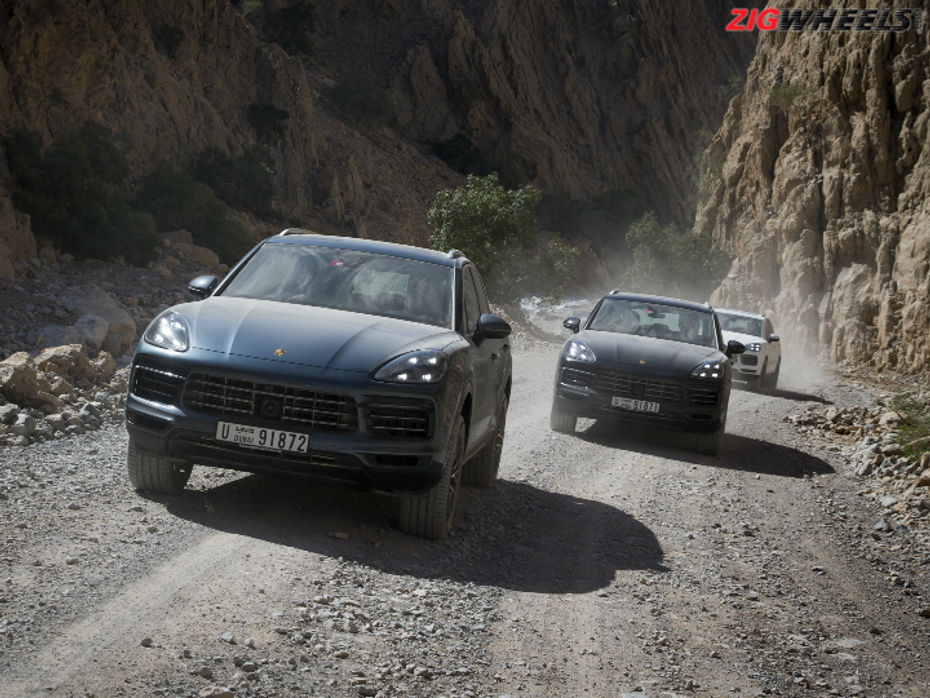
Let me just start this part with a bit of a disclaimer. The entire drive took place in a convoy format, sticking to speed limits on pretty much every road, so we didn’t really get a chance to open the taps, so to say. That said, there were a couple of winding roads once we entered Oman, where the speeds went up a little bit, and the dynamic nature of this new Cayenne really shone through. For an SUV of this size and weight, the Cayenne is shockingly agile. It turns in with a precision that’s normally associated with sportscars, even when transitioning from one corner to the other; while the weight transfer could be felt, there’s almost no hint of body roll. Both the standard and S cars we drove were equipped with the Porsche Dynamic Chassis Control (PDCC) system, i.e. the electric anti-roll bars, and they were largely responsible for such fantastic body control.
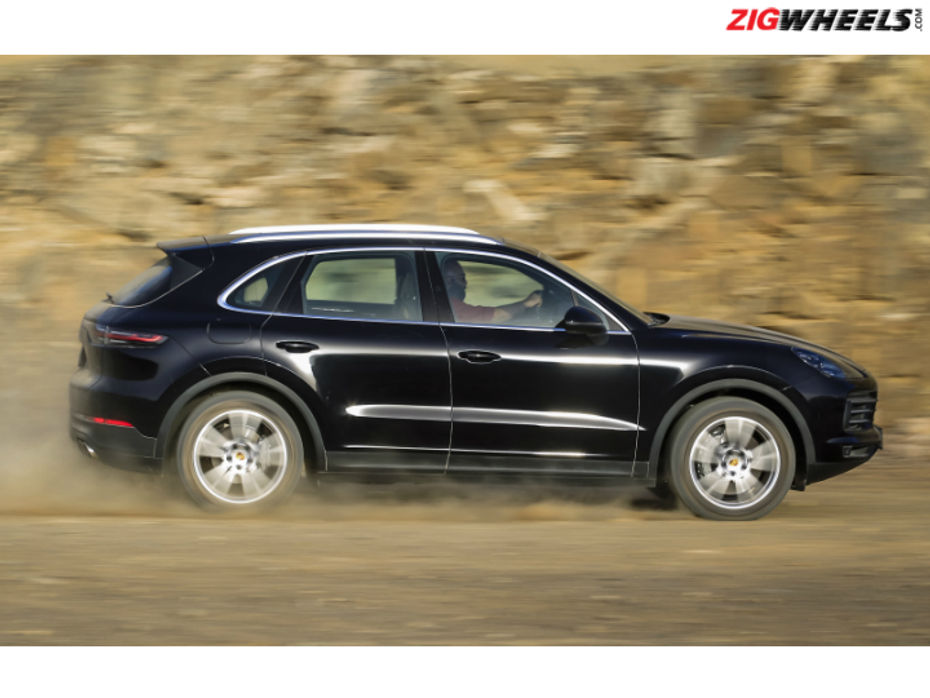
And when you floor the gas, whether you’re driving the standard Cayenne or the S, it just leaps ahead with the responsiveness of a large, naturally aspirated engine. That said, the raspy exhaust note from the quad tailpipes of the Cayenne S sounds even better than the one on the standard car. Even now, there’s no PDK transmission (that’s Porsche-speak for a dual-clutch gearbox) on the Cayenne, but the 8-speed Tiptronic ‘box still makes for near lightning-quick gear changes, either automatically or using the steering-mounted paddles.
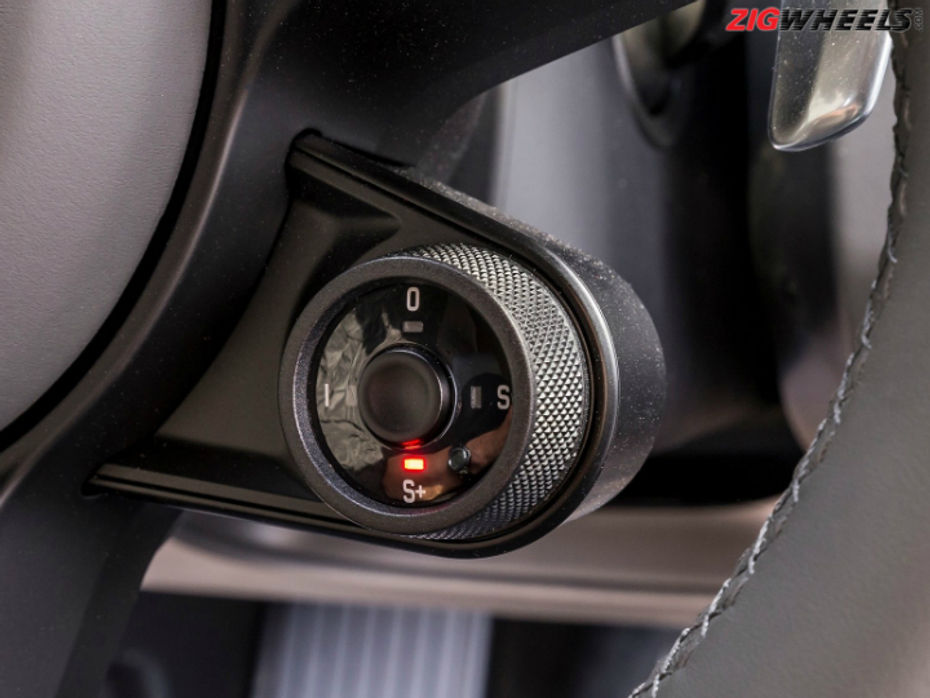
The Cayenne S we drove was equipped with the optional Sports Chrono pack, which also adds the rotary driving mode selector on the steering wheel. Turning it to Sport and Sport+ really amps up the engine response while air stiffens up the suspension for an even sportier driving experience. And it also gets a little “Sport Response” button in the middle of the rotary mode selector. Hit that, and the engine and gearbox switch into their most responsive mode (same as the Sport+ setting) regardless of the selected driving mode - giving you 20 seconds-worth of high performance at your disposal. Not only is this great for quick overtakes, but also lets you live your Fast and Furious fantasies of giving your illegal street racer a hit of nitrous.
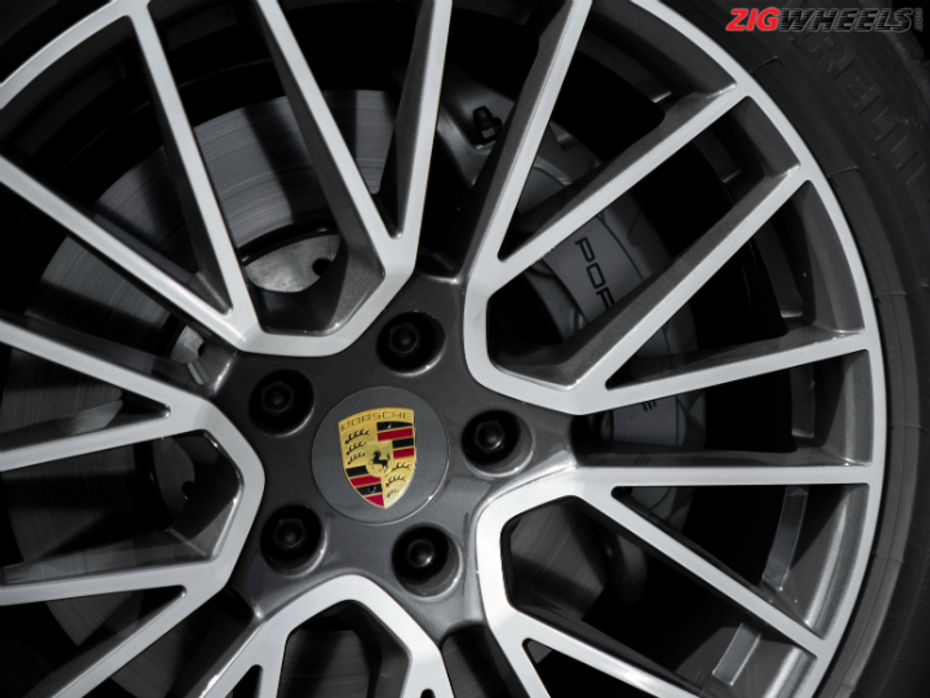
The brakes are nothing short of phenomenal. Both cars we drove were running on the larger 20-inch wheels and were equipped with Porsche Surface Coated Brakes (PSCB), which are tungsten carbide coated cast iron brake rotors. These offer much more friction when compared to steel rotors while reducing dust, which helps increase the life of the brakes by as much as 20 percent.
Better off the road?
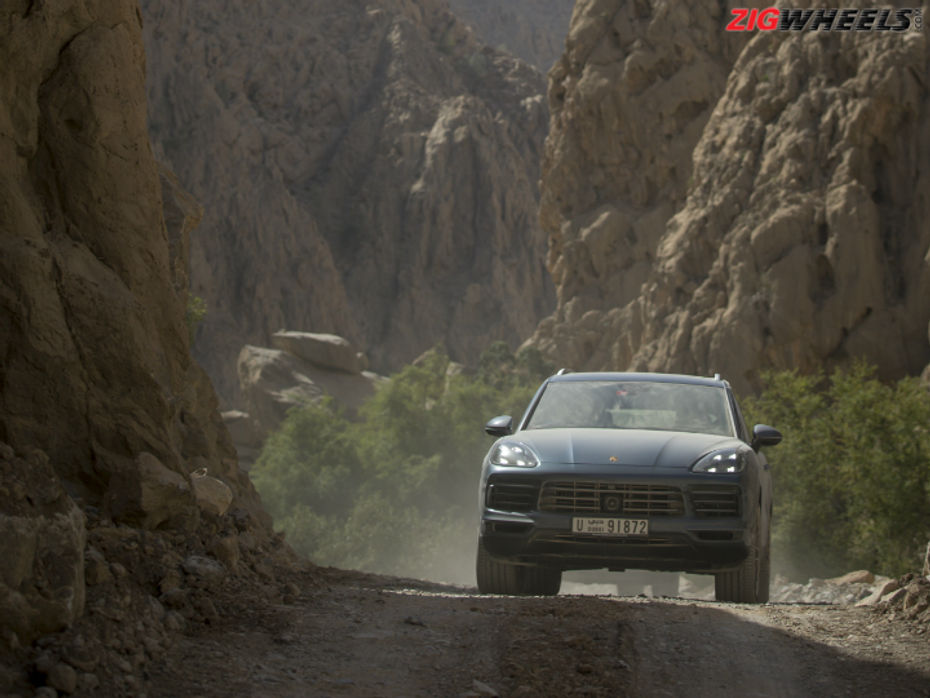
Yes, this new Cayenne has a lot of kit to help it tackle the rough stuff even better than before, even though it’s a little difficult to digest the fact of taking such a beautiful, and expensive car off the road. The permanent all-wheel drive (which can transfer 100 percent of torque to the rear wheels if it has to) comes with two lockable differentials along with driving programmes specifically designed to optimise performance on gravel, rocks, mud, sand and snow. There are also Hill Climb and Descent assistance systems on offer, which electronically control power deliver and brakes to keep you moving at a steady pace when off the road. And the Cayenne S we drove also had the ability to lift itself on its air suspension, making for more travel as well as ground clearance - just what you want in the dirt.

We had plenty of opportunities to test out these systems on the gravelly Macadam roads in the mountains of Musandam, which eventually led us to our lunch stop at the gorgeous Zighy Bay overlooking the Gulf of Oman. These roads are bumpy enough to shake Land Cruisers to the bone, and while they did feel a bit jarring in the Cayenne (even with everything set for off-road), the big Porsche handled them with ease, even though the tyres our cars were equipped with were clearly more road-biased. The electronics too made short work of the steep inclines, and as the Hill Climb and Descent system works using the radar-guided cruise control, it was even able to come to a dead stop on a hill if it got too close to the vehicle ahead, only to get the car moving along once the way ahead was clear.
Spice or nice?

The new Cayenne is an incredibly capable car, no doubt, and on the black top, it’s even more impressive than before. Let’s just say it feels more “Porsche” now. Plus, we got a chance to test its off-road chops in a way most owners never might, and even here, the Cayenne never failed to deliver. It’s just too bad that we weren’t able to get our hands on the even madder, range-topping Cayenne Turbo. From what we understand, both the standard version of the new Cayenne and the Turbo would be coming to India later this year, while the S might take a raincheck. As with the current car, prices would start above Rs 1 crore. But then, this one really takes the S in SUV more seriously than most others. So we get a feeling that it’s going to get just as much love, if not more, whether you’re a Porsche aficionado or not.
Photographs: Porsche

Porsche Brings Back The GTS Moniker To The Cayenne Lineup

Narain Karthikeyan's New Toy Is A Porsche 911 GT3!

Porsche Unveils The Mission E Cross Turismo At Geneva Motor Show 2018

The Porsche Cayenne Turbo S E-Hybrid Is More Powerful Than The...
 Land Rover Defender
Land Rover Defender
 Toyota Vellfire
Toyota Vellfire
 Land Rover Range Rover Velar
Land Rover Range Rover Velar
 Volvo XC90
Volvo XC90
 BMW X7
BMW X7
India's largest automotive community
 Porsche 911
Rs. 1.98 Crore
Porsche 911
Rs. 1.98 Crore
 Porsche Cayenne
Rs. 1.42 Crore
Porsche Cayenne
Rs. 1.42 Crore
 Porsche Macan
Rs. 96.05 Lakh
Porsche Macan
Rs. 96.05 Lakh
 Porsche Panamera
Rs. 1.69 Crore
Porsche Panamera
Rs. 1.69 Crore
 Porsche Cayenne Coupe
Rs. 1.48 Crore
Porsche Cayenne Coupe
Rs. 1.48 Crore
 Land Rover Range Rover
Rs. 2.36 Crore
Land Rover Range Rover
Rs. 2.36 Crore
 Mercedes-Benz GLA
Rs. 50.80 Lakh
Mercedes-Benz GLA
Rs. 50.80 Lakh
 Toyota Vellfire
Rs. 1.22 Crore
Toyota Vellfire
Rs. 1.22 Crore
 Porsche 911
Rs. 1.98 Crore
Porsche 911
Rs. 1.98 Crore
 Land Rover Range Rover Velar
Rs. 87.90 Lakh
Land Rover Range Rover Velar
Rs. 87.90 Lakh